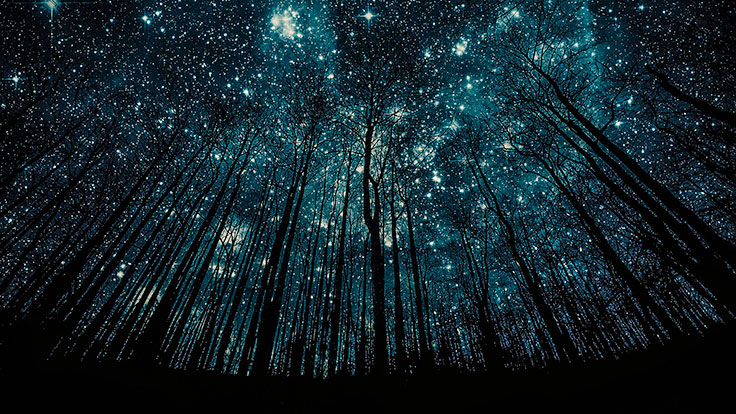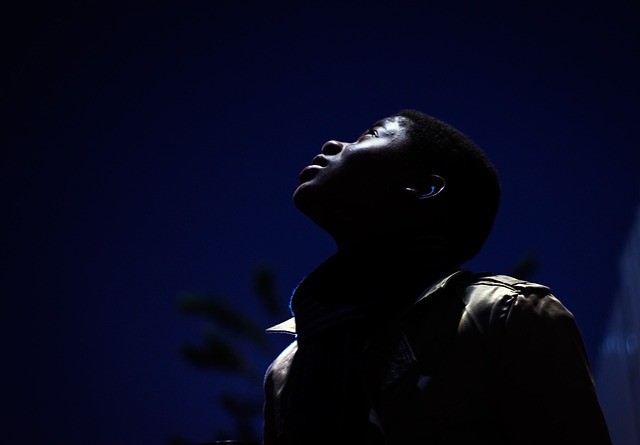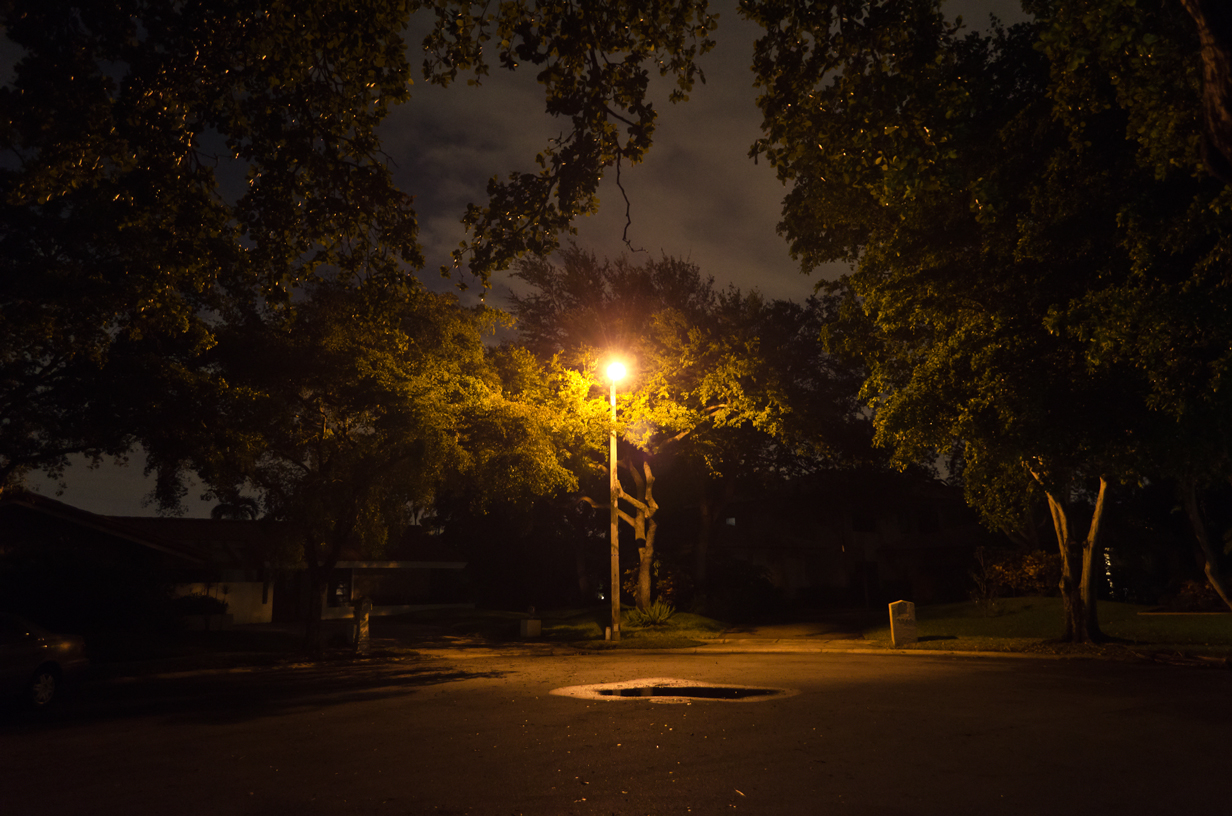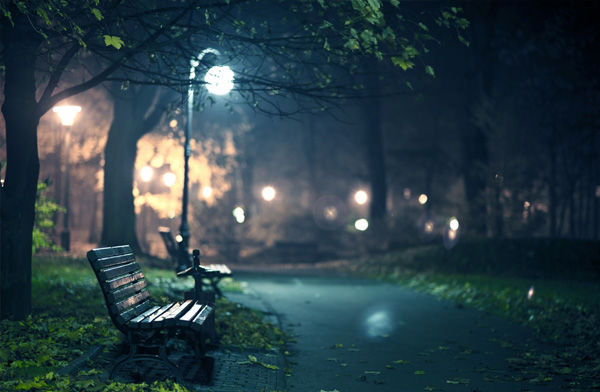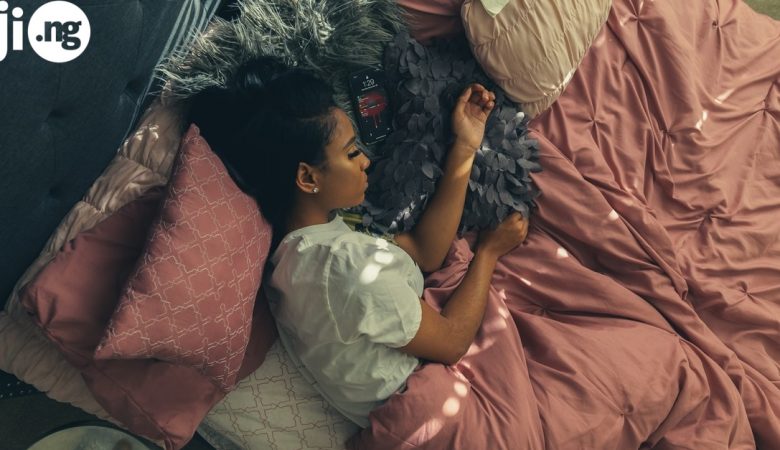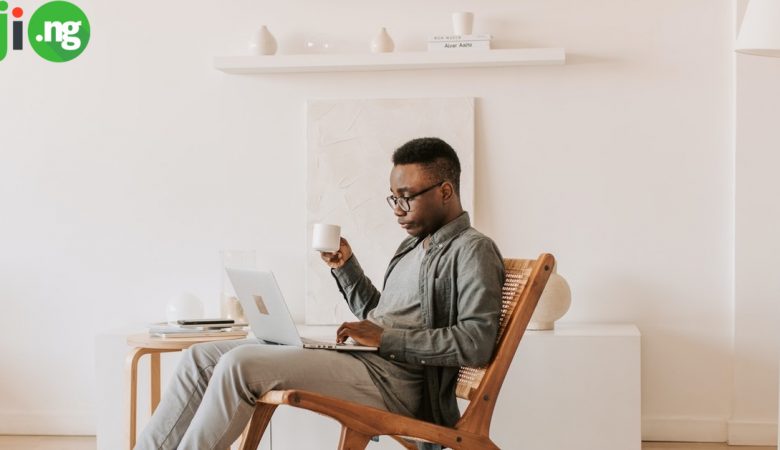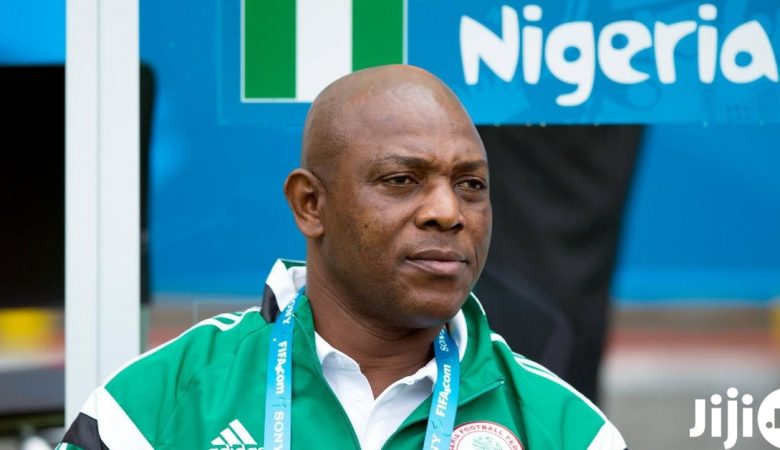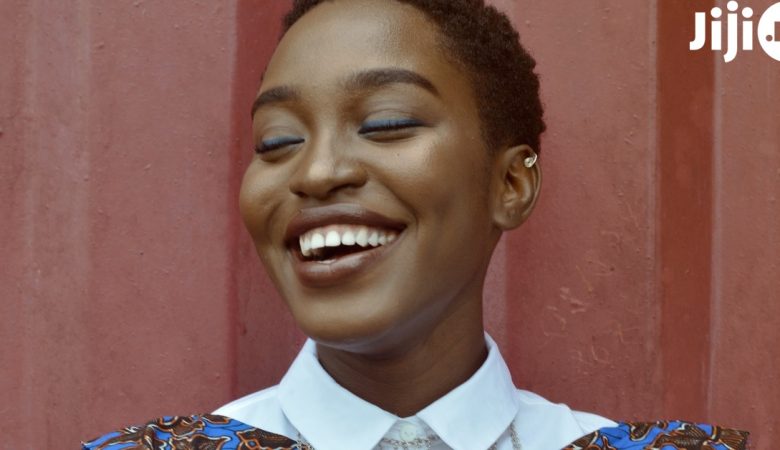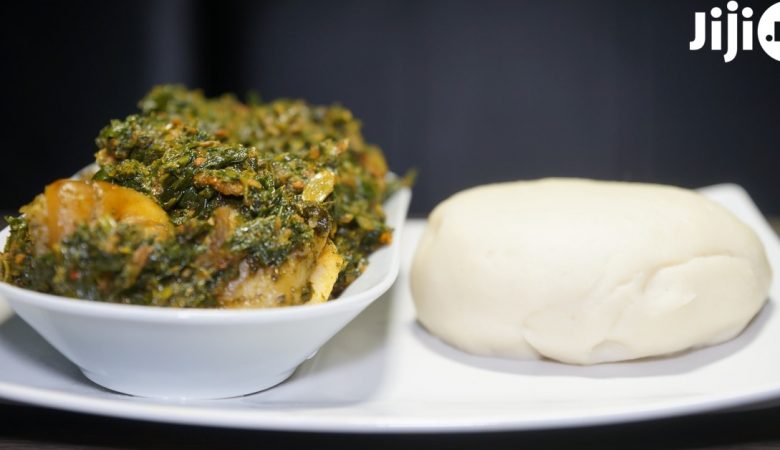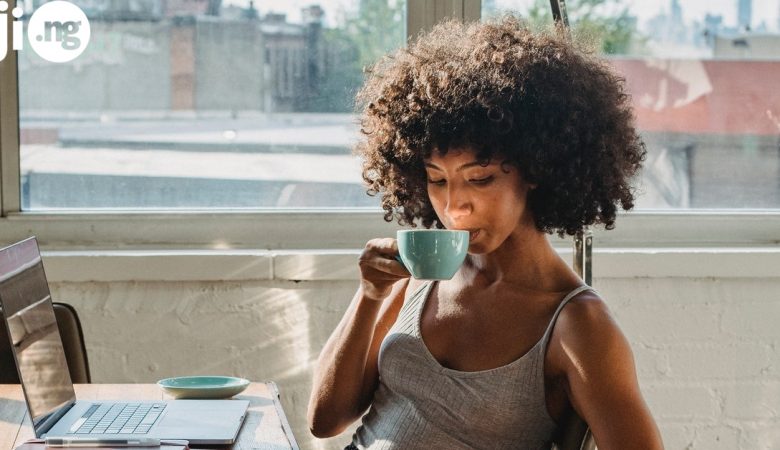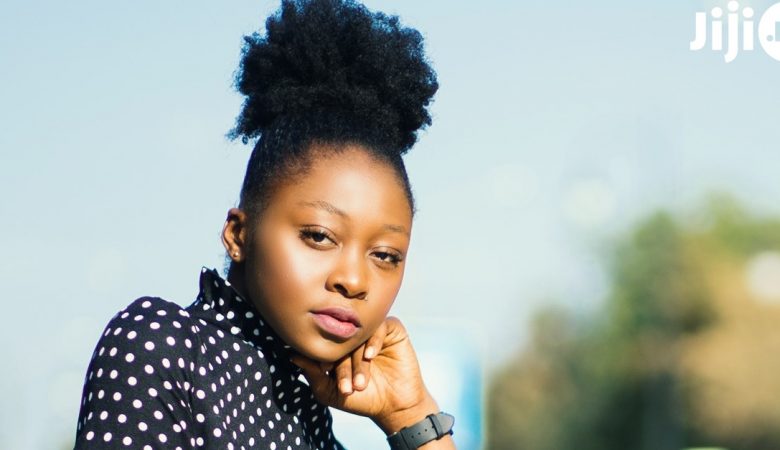If you have any device that can take photos – like a camera, a mobile phone, or a tablet – you probably already know how to take good pictures in a normal setting. Of course, photography has a lot of rules and requirements that differ from device to device and from genre to genre, which is why taking a portrait is very different to snapping a good landscape photo. Photographing in the dark is one of the hardest things a photographer can do, but with a few tips and tricks you’ll ace night photography in no time!
Increase your ISO
The higher the ISO setting on your camera is, the more sensitive the device is to light. It means that if you have a good camera with sufficient ISO capabilities, you can take professional-looking photos in the dark without even using the flash. The universal rule that works for most cameras is to choose maximum ISO settings for the night photos. However, on DSLR cameras high ISO settings often mean more noise in the images, which is why you’ll need to experiment with settings on your DSLR camera to find the perfect number.
Lower the shutter speed
High shutter speed has its own advantages for photography, but if you want to take stunning pictures in the dark, choose the lowest shutter speed setting on your camera. This trick will make the “eye” of the camera open for a longer period of time before taking each shot, which will allow the camera to capture more light than it normally does. On the other hand, low shutter speed is unforgiving to movement – if your hand is shaking, the photos will turn out to be blurry.
Use a tripod
A tripod can be a photographer’s best friend even when you’re shooting during the day, but it becomes absolutely indispensable at night. When you’re taking hundreds of photos in one night, it’s very hard to keep your hands steady. Plus, if you use a lower shutter speed, it can cause your photos to become even more blurry. This is why you should always have a tripod at hand for high quality, sharp images.
Find a good light source
Whether we’re talking about night or day photography, having at least one sufficient light source is crucial for taking pictures, especially if you’re shooting a portrait. Before you move on to taking photos, find the best available light source and, if possible, move your object closer to that light source. If you can’t move the object – for example, if you’re shooting a concert – move around as much as needed to find the position where the object will be illuminated the most.
Keep from using the flash
If you’re an amateur photographer, your first instinct while trying to photograph in the dark is probably to switch on the flash. However, built-in flash in cameras and mobile phones isn’t great for shooting during the night: by causing the harsh light to reflect on people’s faces, the flash-enabled camera can not only distort the facial features of the people, but also lead to the photo where everyone has their eyes closed due to a flash that’s too bright. Still, you can use the flash if you want to, but only after you buy a flash diffuser or a reflector to reduce the harshness of the light.

